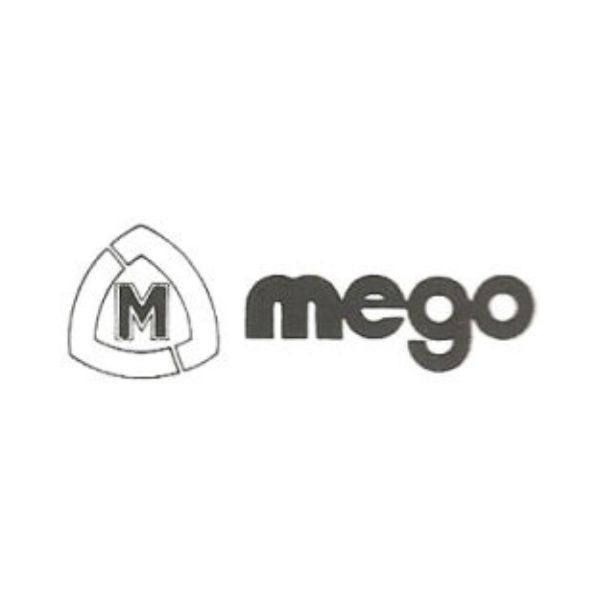Mego
Mego, a Greek light vehicle manufacturer based in Trikala, has a captivating history that spans several decades. This renowned company started its operations in 1955 under the name Nigo, derived from its founder, Nikos Gorgolis. Initially, Nigo focused on producing utility tricycles with unconventional layouts, featuring 50-100cc engines and a unique design where the single wheel was placed at the rear.

In 1962, a pivotal moment in the company's history arrived when it formed an agreement with MEBEA, leading to a transformation and a name change to Mego, signifying the collaboration between MEBEA and Gorgolis. During this period, Mego introduced conventional light three-wheeler trucks. However, this partnership concluded in 1968.
Mego's innovation knew no bounds as it ventured into designing and building a wide range of 50cc mopeds, motorcycles, and light 50cc three-wheeler trucks, predominantly using Sachs engines. Their product lineup also included bicycles, and in 1968, they introduced a 125cc motorcycle model.
One of Mego's hallmarks was its commitment to innovative designs, exemplified by popular models such as the 50S series, the EK, the Libra, the Viva, and the remarkably inventive GP50 Carrera. These products gained popularity in Greece and were also exported, notably to Italy and Holland.
Throughout its history, Mego played a significant role in supplying vehicles to various sectors, including the police, the Hellenic Post, and the Hellenic Telecommunications Organization in Greece. Moreover, Mego successfully exported its vehicles, establishing a presence in international markets.
However, as the late 1980s approached, the company faced challenges primarily due to competition from imported used vehicles. Consequently, motorcycle production ceased in 1988. Nonetheless, Mego continued to operate until 1992, providing services and parts for its existing products. Following this, it underwent a transformation, being renamed Gorgolis S.A., with a focus on motorcycle import and distribution.
In a move that showcased their adaptability and global ambitions, since 1992, the company expanded its horizons by creating subsidiaries in various countries, including Japan, the Dominican Republic, Venezuela, and China, and marketing and selling motorcycles. Under the brand name Nipponia, they introduced Greek-designed, Chinese-built motorcycles in several countries, emphasizing Japanese-style excellence.
Today, Mego's legacy lives on, not only in its historical achievements but also through its role as a prominent importer and distributor of motorcycles. The company's latest range, designed by renowned designer Sotiris Kovos, is now making waves in the European market. Mego Motorcycles has a storied past, marked by innovation, collaboration, and adaptability. Its journey from utility tricycles to groundbreaking motorcycle designs and global expansion is a testament to its enduring legacy in the world of motorcycles.
Additional Mego Logos
Author: William Flaiz

